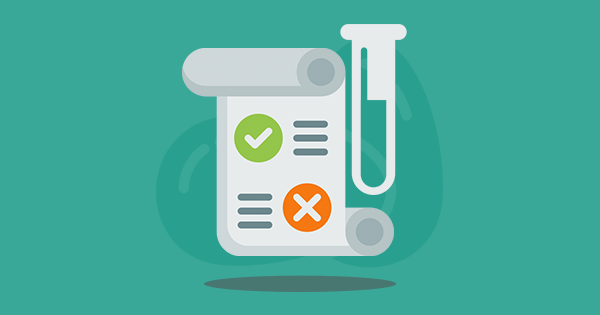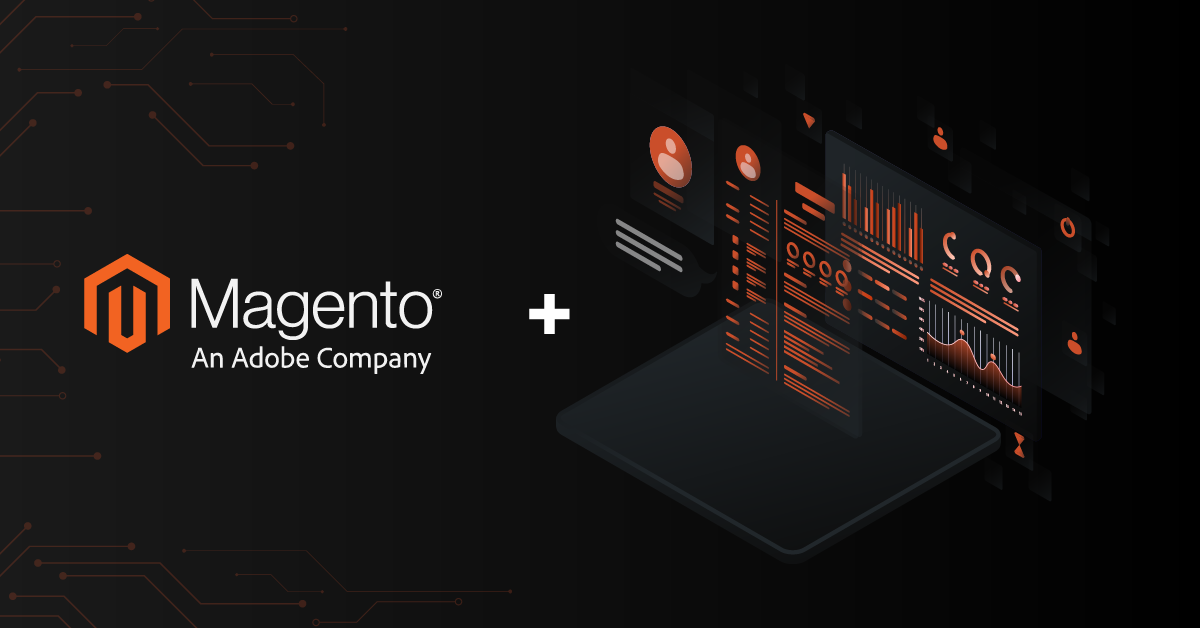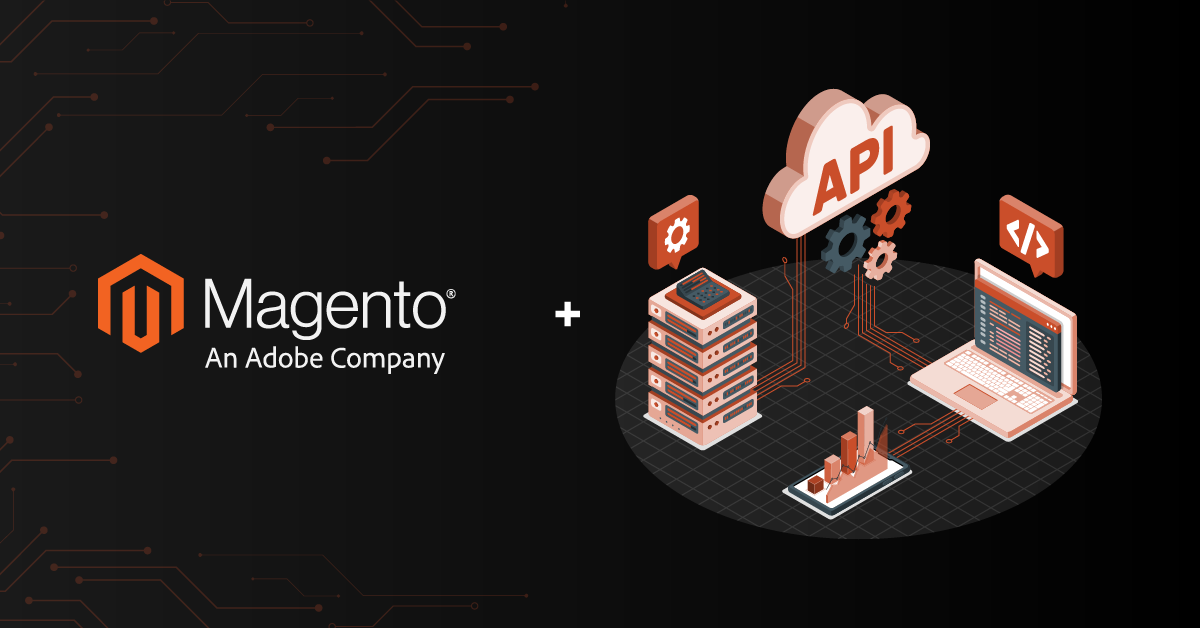Upgrading your Magento eCommerce Store to Magento 2 can be quite a challenging task. With each website implementing an array of Plugins, ensuring an error-free shopping experience after the upgrade, is paramount.
The upgrade testing can be split across three environments, namely QA, Staging, and Live servers, to have a structured testing process.
Read on to know more about the complete Magento testing checklist and upgrade to Magento 2 without any bottlenecks.
Contents
Magento Testing Checklist
Key Points To Be Considered After Magento 2 Upgrade
Prepare a comprehensive test checklist which should cover the overall features of the website along with:
- Front-end functionalities
- Business scenarios specific to the site
- Magento admin
- Third-party Integrations
- Verification of automated regression scripts and updates
Checklist For Testing After Magento 2 Upgrade
Front-end
Make the test scenarios up to date with the site’s latest functionality.Do Sanity testing of the complete website to identify broken links and functionalities.After upgrading to Magento 2, check the end user’s workflows to ensure that the user experience isn’t affected:1. Access the site2. Add Product to the bag3. Check shopping bag4. Edit the item5. Update the quantity6. Update shopping bag7. Go to checkout8. Test the different checkout flows
-
- Guest Checkout
- Checkout as an already existing, registered user
- Checkout as a new user
- Place an order with different payment methods available on the site (Credit card, PayPal, Gift card, etc.,)
9. Check the tax calculation.10.Check the shipping methods and shipping amount.11. After placing the order, verify if the invoice has been created.12. The next step of invoicing is shipments.13. After shipment, check the RMA process. A return/exchanges credit memo should be created.14. Order cancellation scenario – When the product is out of stock or due to any unavoidable reasons. Another scenario is the user calling customer support and canceling the order.15. Check the transaction mails for the below actions:
-
- User registration
- Forgot password
- Order confirmation
- Shipment creation
- In case of RMA return/exchange, a credit memo will be created.
- In case of cancellation scenarios, a credit memo will be created and the amount will be refunded.
- Wishlist
16. Check the CMS pages/blocks17. Email Subscription18. Contact Us19. Compatibility Testing (Device/Browser)20. Regression Testing
Business scenarios specific to the site
- Check the customization features specific to the site. For example, the sale promotion strategy differs from one site to other. It should work seamlessly exactly like it was with Magento 1.
- Sale promotion rules should be defined.
- URL of Catalog, product pages should match M1 site.
- Verify SEO metadata, canonical tags, and description by checking view page source.
Admin
1. Admin URL should be obfuscated. This is as per the Magento EQP standard.2. Check the import processes.
- Product
- Inventory
- Tax
3. Reports
Third-party integrations
Check the third-party integrations that handle functions like:
- ERP
- Product feeds
- Tracking Pixels
- Custom modules
Verification Of Automated Regression Scripts And Updates
Upgrading will impact automation scripts, sorun the scripts. Based on the results, update the scripts. Re-run the scripts and share the results with stakeholders.In a few instances, we have noted that having a dedicated testing team for the upgrade helps to find defects invisible to the developers. A Magento Upgrade should upgrade the overall experience of the customer.
Upgrade To Magento 2 Without A Glitch!
As you have already gone through the checklist by now, ensure an error-free and smooth upgrade to Magento 2. With top-end Magento services and the latest technologies, DCKAP curates and develops profitable eCommerce websites along with complete maintenance support. With our testing solution, gauge your project’s success through our centralized hub to track and measure your operations and implementations. Our certified Magento experts are here to help you in bringing forth a result-driven online storefront that promises eCommerce growth.
Upgrade to Magento 2 to leverage its latest improvements and enhanced functionalities to your eCommerce store. Migrate to Magento 2 Now!





